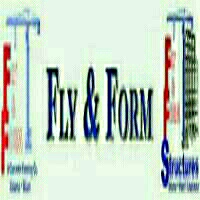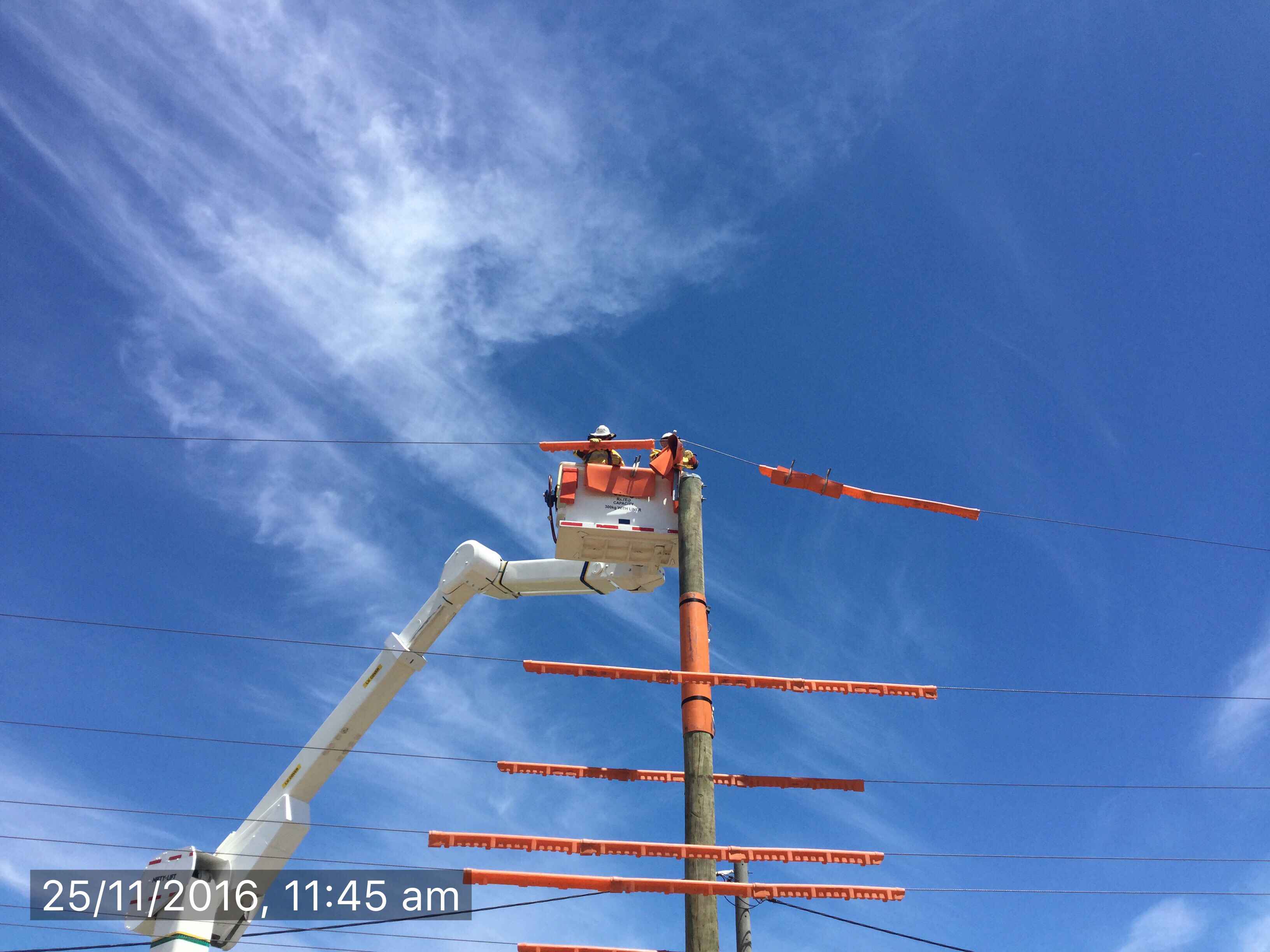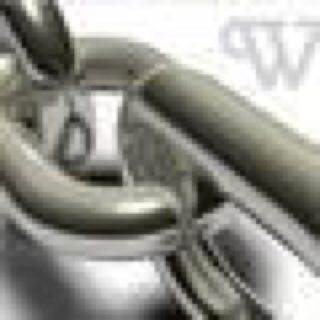Information
-
Safety inspection
-
Document No.
-
Location:
-
Job-site Name and Number
-
Conducted on
-
Prepared by:
-
Superintendent Onsite
General Items
-
Are all work areas pertaining to our work satisfactory on housekeeping?
-
Are mandatory posting requirements provided and visible at the job site?
-
Is the company safety program, hazard communication program, and SDS provided?
-
Is the SDS/ Globally Harmonized System up to date on all products on-site?
-
Are all employee's participating in Weekly Tool-Box Training?
-
Are Daily Safe-Plan of Actions being completed?
-
Are all documents in order and filed?
-
Are employee training records kept and accessible for review by employees, as required by OSHA standards?
-
Are emergency phone numbers posted?
-
Are occupational injuries or illnesses, except minor injuries requiring only first aid, recorded as required on the OSHA 300 log?
-
Is the scrap material piled together through-out the site
-
Is the OSHA 300 log posted and visible on the months of February, March, and April?
-
Is a first aid log up to date with minor injuries?
-
Is a first aid kit stocked, and easily accessible to employees?
-
Adequate trash containers provided?
-
Any protruding/impalement objects exposed?
-
Is there an eye-wash station or sink available for quick drenching or flushing of the the eyes and body?
-
Is the local fire department familiar with the job site, its location and specific hazards?
-
Are portable drinking containers provided for employees on the job site?
-
Are single service cups supplied both with a sanitary container for unused cups and a receptacle for disposing of the used cups provided?
-
Are all spilled hazardous materials or liquids, including blood and other potentially infectious materials, cleaned up immediately and being conducted properly?
-
Are walkways kept clear and identified if in need?
Additional information
Personal Protective Equipment
-
Are all employee's wearing safety glasses 100% of the time on the job-site?
-
Are all safety glasses Z87 rated?
-
Are all employee's wearing suitable gloves pertaining to their task?
-
Are employee's wearing hard-hats at all times on the job-site?
-
Are any of the hard-hats visibly damaged to take and replace?
-
N-95 Dusk Mask/ respirators being used with a voluntary use of a disposable respirator filed and signed?
-
Are methods put in place such as fans, water, and vacuums to contain/control dust particles in the environment?
-
Reflective Vests or high visibility shirts worn on-site
-
Hearing protection worn if in need at high noise levels?
-
Leather work boots and Steel toe protection if using tamps?
-
Face shields worn on all needed tasks such as welding,cutting, or a possible splash of harsh chemicals?
Additional information
Fire Protection
-
Safety cans are used to store gasoline or diesel? (Plastic cans are prohibited on the job-site).
-
Are the cans labeled what it contains? (GAS, DIESEL, Mixed GAS, etc.)
-
Are fire extinguishers provided for every 3,000 square feet of protected space?
-
Are fire extinguishers available for all areas? (Fuel containers on-site, fuel storages, all equipment on-site, etc.)
-
Are all the requirements met on labeling and protecting storage areas such as "no smoking signs" and a berm around the tanks?
-
Are burn permits up to date where necessary on-site?
-
Propane is not stored inside?
-
Hoses are not exposed to damage?
-
Propane storage areas have "No Smoking" signs posted and are barricaded by high visible fencing?
Additional information
Welding, Cutting, and Compressed Air
-
Fuel gas tanks (Oxygen/Acetylene/Gas/Diesel) are labeled and gauges and holes are free of deflects.
-
If arc welding activities are being performed, screening is provided to shield arc?
-
When being stored, Oxygen cylinders are separated from combustible cylinders and materials by 20ft.
-
Are flashback arrestors installed on the hose/cylinders?
-
Are compressed gas cylinders regularly examined for obvious signs of defects, deep rusting, or leakage?
-
Are air compressors equipped with pressure relief valves and pressure gauges?
-
Are employee's strictly prohibited from directing compressed air towards a person and if used for cleaning purposes trained to reduce the pressure to less than 10 pounds per square inch?
-
Are safety chains or other suitable locking devices used at couplings of high-pressure hose lines where a connection failure would create a hazard?
Additional information
Electrical
-
Are 3-wire construction grade cords are being used that are free of damage or defects?
-
Power tools that are double insulated with no damage or defects to alter safely or performance.
-
Ground Fault Circuit Interrupters are provided.
-
Panel box is provided with a cover. No knockouts or blanks are missing from panel.
-
If overhead power lines exist, have measures been taken to address the hazard.
Additional information
Scaffolding
-
Does a competent person exist?
-
Name of competent person:
-
Safe access is providing at all working levels.
-
Guardrails are provided on working levels 10ft or more in height.
-
Bases are provided on scaffold frame legs and mudsill (2 X 10 minimum)
-
Working platforms are fully planked.
-
Scaffolds are anchored properly.
-
Guardrails are maintained at loading area.
-
Components free of damage or defects
-
Scaffolds secure from any danger.
Additional information
Fall Protection
-
Guardrails provided and structurally sound.
-
Floor holes are covered, secured and labeled "HOLE" or "COVER"
-
Fall arrest systems properly implemented.
-
Upcoming fall hazards addressed and planned for future proceedings.
-
Wall openings temporarily covered or rails.
Additional information
Fall Protection Equipment
-
Netting if used checked daily
-
Drop Nets installed and used correctly
-
Body Harnesses approved for use in the field
-
Lanyards approved for use in the field
-
Is every retractable inspected and approved for use in the field
-
If Rope and Rope Grabs are used have they been inspected and approved
-
Are the Concrete anchors inspected, installed, and used properly
-
If Dyna-lines are used, are they installed and used correctly
-
If Pan-Pro anchors are used, are they installed and used correctly
-
Any other Fall Protection Equipment: Inspected, installed, and used properly.
Additional information
Tools / Power Tools
-
Guards are provided for tools?
-
Guards are not being rigged and checked regularly?
-
Tools being used are free of damage or defects?
-
Are the proper tools being used for the job task.
-
Are cords on the tool free from damage?
-
Are broken or fractured handles or hammers, axes, sledge hammers and similar equipment removed/replaced promptly?
-
Are hand tools, such as chisels, punches, etc., which develop mushroomed heads during use, reconditioned or replaced?
Additional information
Motor Vehicle and Heavy Equipment
-
Are Operators wearing seatbelts?
-
Have the Operators checked equipment before usage (Keeping log updated)?
-
Are all fluids adequate on the equipment?
-
Are the Operators qualified or authorized by their employer with proper training to operate the equipment (Forklift/Lull, Aerial Lift, Scissor Lift, Excavator,Skid Steer, etc.)?
-
Are the back up alarms, horns, brakes, etc. operational?
-
Are Spotters used when needed?
Additional information
Cranes
Cranes
-
Crane Operators are licensed with the state and or local jurisdiction?
-
Crane Inspection Log kept up to date with routine inspections?
-
Is the manual on-site?
-
Accessible areas within the swing radius of the crane barricaded to prevent employee / pedestrian access/exposure?
Qualified Rigger / Signal Person
-
Is an illustration of ANSI hand signals posted at the job-site?
-
Are the personnel rigging and signaling the load qualified?
-
Is there clear communication with the Operator?
-
Are the slings, spreaders, and any shackles used for rigging inspected before being used on the job-site?
-
Are the safety latches inspected and satisfactory?
-
Is the one eye per hook method being implemented?
-
Are tag-lines being used on every load?
-
Is a warning sound blown on every load?
Additional information
Excavation
-
Is the underground installation accounted for by contacting the known local number?
-
Is a competent person for excavations on-site?
-
Name of competent person:
-
Is there safe access / egress provided from the excavation and travel distance is not exceeding 25 ft
-
Are daily inspections along with change due to subject matters such as rain being conducted by a competent person?
-
Is the excavation or trench free of water?
-
If not then are proper procedures being taken to address and correct the hazard?
-
Is the excavation sloped or shored properly as per the soil type (Solid Rock, Type A., Type B., Type C.)?
Trench Box
-
If a trench box is being used is it a manufactured design?
-
Is documentation provided on how to properly install and the designed strength?
-
Has proper training been conducted ?
Additional information
CAZ / Temporary Barricade / Spotters
Stripping
-
Are Stripping areas barricaded on all sides allowing access with proper flagging (Every 4 ft)?
-
Is it at a safe distance (10 ft minimum)?
-
Are areas below the Stripping area barricaded?
-
Are Spotters on the lower levels to enforce none permitted access in the Stripping area?
-
Are CAZ signs up with the barricade?
Leading-Edge
-
Are Leading-Edge areas barricaded on all sides allowing access with proper flagging (Every 4 ft)?
-
Is it at a safe distance (6 ft minimum)?
-
Are CAZ signs up with the barricade?
-
Is the area below the leading-edge barricaded to inform other personnel of overhead work?
Additional CAZ / Temporary Barricade areas
-
Are lines up and all procedures taken place correctly?
Additional information
Outriggers / Tables (Platforms)
Outrigger
-
Are guardrails installed on all three exposed sides?
-
Are CAZ signs with the line up to prevent unauthorized personnel?
-
When and if relocating are Spotters on the ground with area barricaded?
-
Is the area the Outrigger is moving from and next expected area barricaded to prevent unauthorized personnel?
-
Are warning sounds blown when releasing shoring, relocating, and setting?
Tables (Platforms)
-
Are both the Stripping level and Setting level both barricaded to prevent unauthorized personnel in the area?
-
Are CAZ signs and lines up on fall exposure areas?
-
Are employees following correct protocol to fly the table?
-
Are employees exposing themselves to a hazard?
Additional information
Ladders / Stairways
Ladders
-
Are ladders free from damage or any defects?
-
Are landing platforms secure and free from any damage or defects?
-
Are step ladders fully open when in use?
-
Are all ladders the proper size for the task ad used correctly?
-
Are ladders secure at the top and the bottom?
-
Are side-rails extending 36 inches above the landing platform?
-
Is there a clear access / egress to all ladders?
-
Are offset guardrails at the ladder way?
-
Top step or top step ladder are not being used to work from?
-
Are all labeling on the ladder legible and none are missing?
-
Ladders are being used as they are designed. Planks are not supported at both ends by ladders to create a work platform?
Stairway
Additional information
Confined Space
-
Is a permit completed before any other steps?
-
Is a tester used to check the air in the confined space?
-
Is there proper access into the area?
-
Are Spotters used to check employees in the area?
-
Is there clear communication for if any issues rise?
-
Is there proper ventilation?
Additional information
Additional Issues
-
Are re-shores properly tied back near edges?
-
Additional Information












